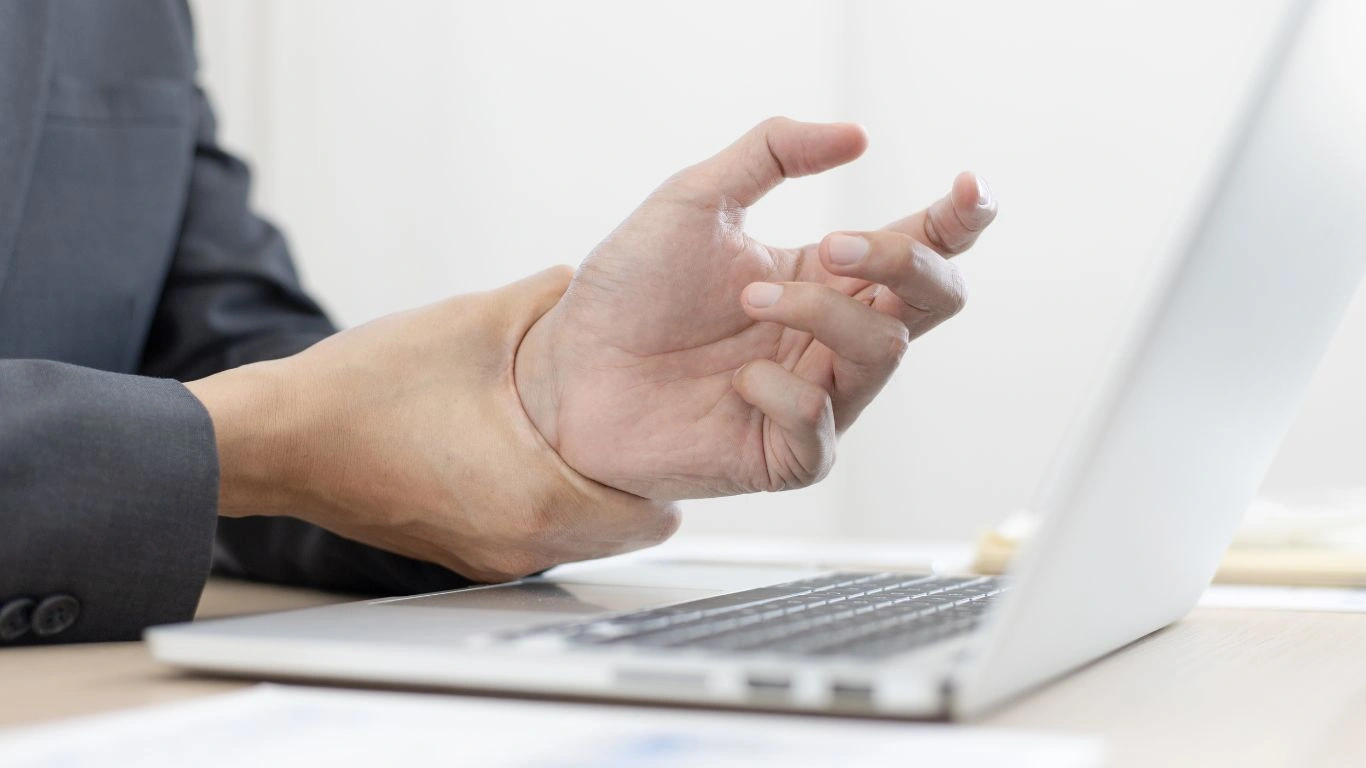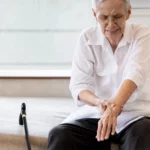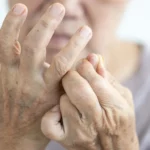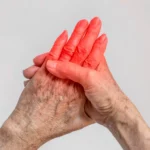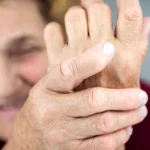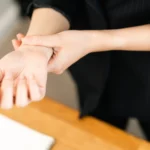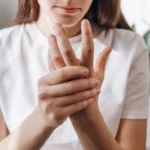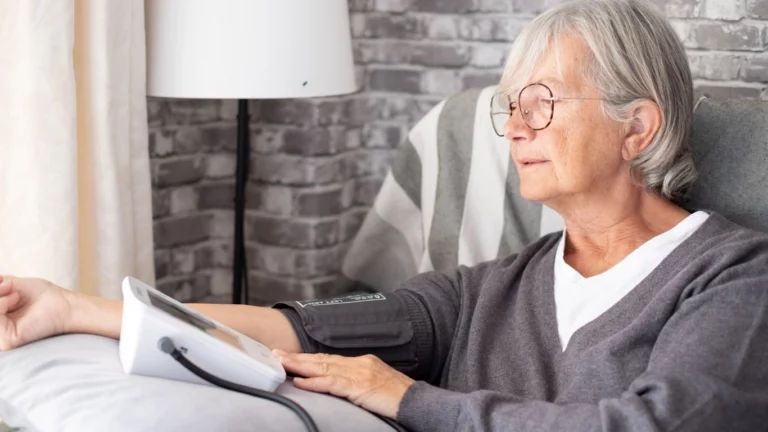Rheumatoid Arthritis and Physical Therapy Benefits – What You Need to Know
Living with rheumatoid arthritis (RA) can be tough, but physical therapy might just be the game-changer you need. Here’s how PT can make a real difference in managing RA symptoms and improving your quality of life!
 If you or someone you know has rheumatoid arthritis (RA), you’re probably familiar with the pain, stiffness, and fatigue that can come with it. It’s an autoimmune disease that attacks your joints, causing inflammation and discomfort. But here’s the good news: physical therapy (PT) can really help in managing these symptoms and keeping you moving. Whether you’re looking to reduce pain, improve mobility, or just feel better overall, PT has some seriously impressive benefits for people with RA. Let’s dive into what PT can do for you!
If you or someone you know has rheumatoid arthritis (RA), you’re probably familiar with the pain, stiffness, and fatigue that can come with it. It’s an autoimmune disease that attacks your joints, causing inflammation and discomfort. But here’s the good news: physical therapy (PT) can really help in managing these symptoms and keeping you moving. Whether you’re looking to reduce pain, improve mobility, or just feel better overall, PT has some seriously impressive benefits for people with RA. Let’s dive into what PT can do for you!
Why Physical Therapy is Important for RA
Rheumatoid arthritis isn’t just about joint pain—it can also lead to decreased strength, poor posture, and even difficulty with everyday tasks like opening jars or climbing stairs. That’s where physical therapy comes in. 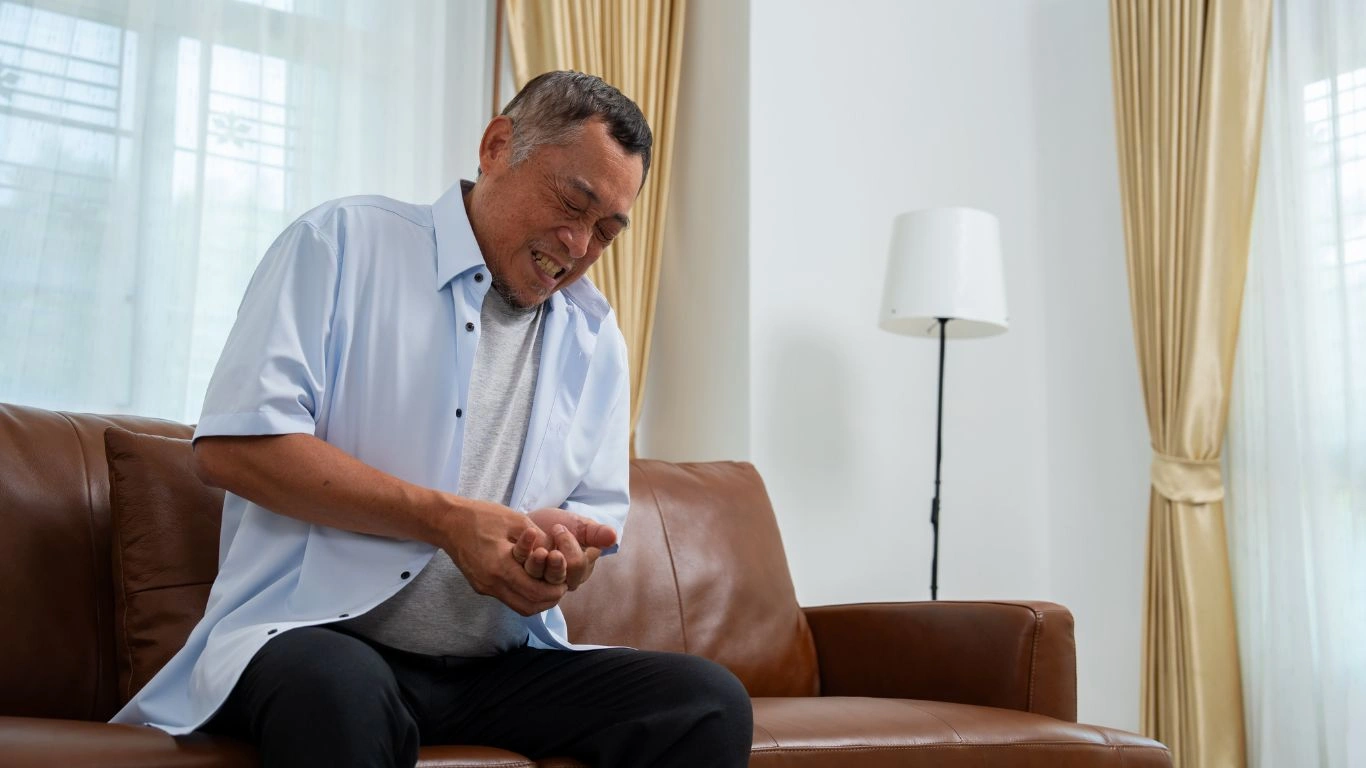 Physical therapists are trained to help you regain function, ease pain, and improve strength. They’ll guide you through exercises tailored to your specific needs, helping you move better and feel stronger without putting too much strain on your joints. Think of PT as a way to give your body the tools it needs to fight back against RA, without relying solely on medications.
Physical therapists are trained to help you regain function, ease pain, and improve strength. They’ll guide you through exercises tailored to your specific needs, helping you move better and feel stronger without putting too much strain on your joints. Think of PT as a way to give your body the tools it needs to fight back against RA, without relying solely on medications.
How Physical Therapy Helps with RA
There are several ways physical therapy can be a huge help for people with rheumatoid arthritis:
1. Pain Relief
One of the first things a physical therapist will focus on is pain management. PT can help reduce inflammation and ease joint pain through a combination of techniques like heat and cold therapy, massage, and specific exercises. For instance, gentle stretching and strengthening exercises can promote better joint movement, reducing stiffness and discomfort. Plus, your therapist may teach you how to improve your posture, which can help take the pressure off affected joints.
2. Increasing Mobility
RA can make it difficult to move around, especially if your joints become stiff and swollen. Physical therapy helps improve your range of motion, making it easier to do day-to-day activities. By focusing on mobility exercises, you can maintain flexibility in your joints and prevent them from becoming too rigid. Over time, that can make a big difference in your ability to get around, work, and enjoy your hobbies.
3. Strengthening Muscles
RA doesn’t just affect your joints—it can also weaken the muscles around them. Weak muscles can make it harder to move and put additional strain on your joints. PT helps strengthen these muscles, providing better support for your joints and improving your overall stability. This can make it easier to walk, lift things, and do other tasks without worrying about joint damage.
4. Reducing Fatigue
Rheumatoid arthritis is often accompanied by fatigue, which can make even small tasks feel overwhelming. But physical therapy can help manage that too! Through gentle exercises, PT helps increase your energy levels by improving your stamina and reducing the strain on your joints. You may find that, as you get stronger, your overall fatigue decreases, and you have more energy to go about your day.
5. Preventing Further Damage
One of the best things PT can do is help you avoid further joint damage. RA can lead to permanent changes in the joints over time, but regular physical therapy can slow that process. By improving joint function and maintaining strength, PT helps keep your joints in better shape, preventing long-term damage.
What Physical Therapy Looks Like for RA Patients
When you start physical therapy for rheumatoid arthritis, your therapist will work with you to develop a personalized treatment plan. They’ll take into account your specific symptoms, the severity of your RA, and your personal goals. 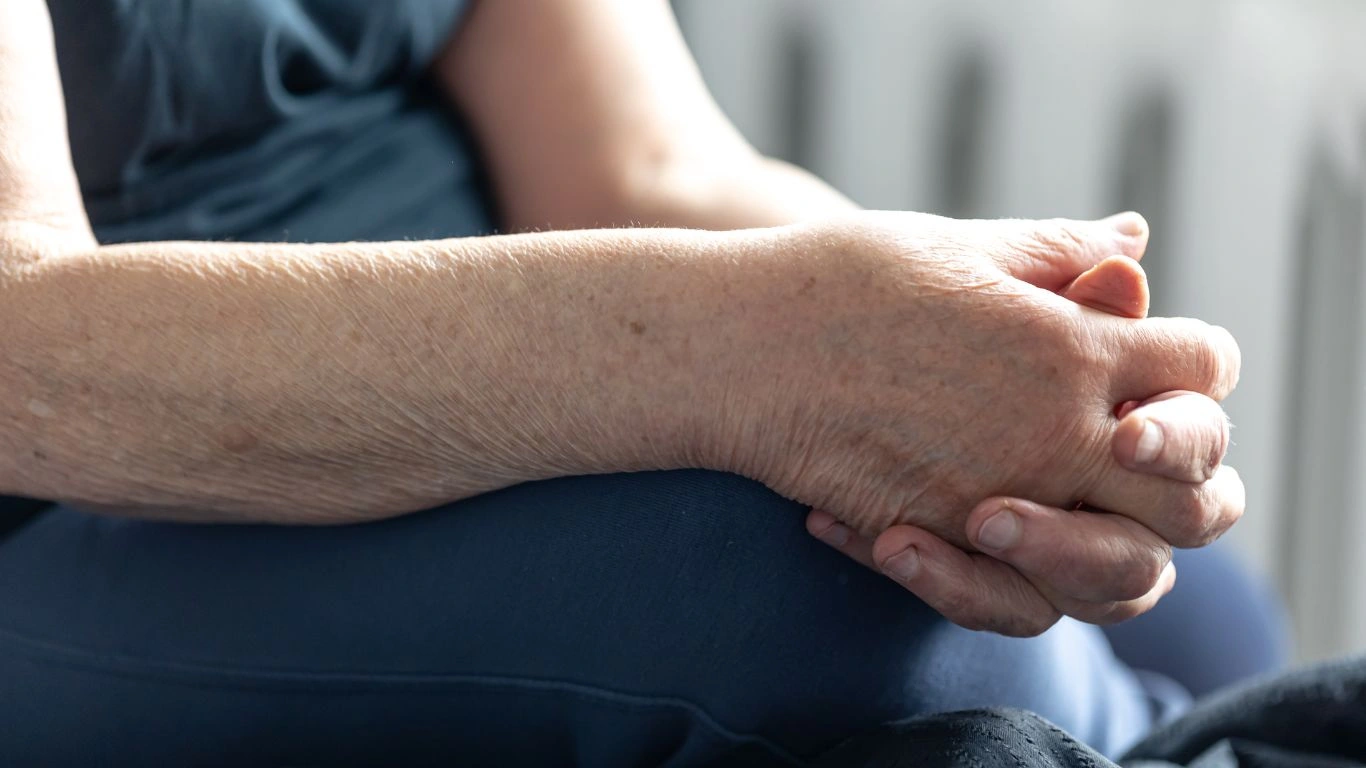 Most of the time, PT will involve exercises designed to:
Most of the time, PT will involve exercises designed to:
- Stretch and strengthen your muscles
- Improve your range of motion
- Reduce joint pain and inflammation
You might also work on functional exercises that mimic daily tasks, like lifting, bending, or walking, to make sure you can continue doing your normal activities. PT can also involve teaching you strategies to protect your joints while moving, so you don’t put unnecessary strain on them.
Types of Physical Therapy Techniques Used for RA
Here’s a quick rundown of some of the techniques your physical therapist might use to help you manage RA symptoms:
1. Manual Therapy
Your physical therapist might use their hands to apply pressure or manipulate your joints and soft tissues. This technique helps reduce pain, improve joint mobility, and relieve tightness in the muscles.
2. Heat and Cold Therapy
Applying heat can help relax muscles and increase blood flow, while cold therapy can reduce inflammation and numb pain. Your therapist will teach you when to use which, depending on your symptoms.
3. Exercise Therapy
Exercise is the cornerstone of most physical therapy treatments for RA. Your therapist will guide you through strengthening exercises, stretches, and low-impact aerobic activities that can help increase your mobility, reduce stiffness, and keep you strong.
4. Aquatic Therapy
If joint pain makes traditional exercise too difficult, aquatic therapy can be a great alternative. Doing exercises in water reduces the impact on your joints while still giving you a good workout. Plus, the water’s buoyancy can help you move more freely.
Tips for Maximizing the Benefits of Physical Therapy
To get the most out of your physical therapy sessions, here are a few tips to keep in mind:
1. Be Consistent
Physical therapy works best when you stick with it. Try to follow your therapist’s recommendations and do your exercises regularly, even when you’re feeling good. Consistency is key to building strength and maintaining mobility.
2. Communicate with Your Therapist
Let your therapist know how you’re feeling, especially if something hurts or doesn’t feel right. They can adjust your exercises or techniques to better suit your needs.
3. Focus on Your Goals
Physical therapy isn’t just about getting through the exercises—it’s about improving your quality of life. Keep your goals in mind, whether it’s walking without pain, lifting heavier objects, or simply moving more easily.
Conclusion
Physical therapy is a powerful tool for managing rheumatoid arthritis and improving your overall quality of life. Whether it’s reducing pain, increasing mobility, or preventing further joint damage, PT can help you stay active and feel better. If you’ve been struggling with RA symptoms, consider giving physical therapy a try—it might just be the relief you need!
Appendices
References
- American College of Rheumatology. (2023). “Physical Therapy for Rheumatoid Arthritis.” Retrieved from www.rheumatology.org
- Arthritis Foundation. (2024). “The Role of Physical Therapy in RA Treatment.” Retrieved from www.arthritis.org
- National Institute of Arthritis and Musculoskeletal and Skin Diseases. (2023). “Physical Activity and Arthritis.” Retrieved from www.niams.nih.gov
FAQs
- How does physical therapy help with joint stiffness in RA? Physical therapy helps by improving the range of motion through targeted stretches and exercises that reduce joint stiffness and increase mobility.
- Is physical therapy painful for RA patients? Physical therapy should never cause severe pain. It might be slightly uncomfortable at times, especially if you’re working through stiffness, but it’s designed to help relieve pain over time.
- Can physical therapy help prevent permanent joint damage from RA? Yes, physical therapy can help maintain joint function, reduce
